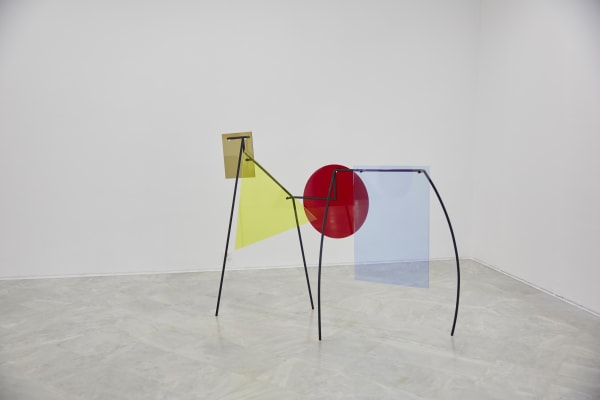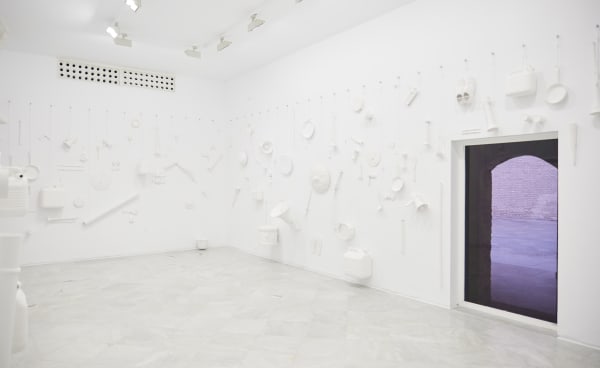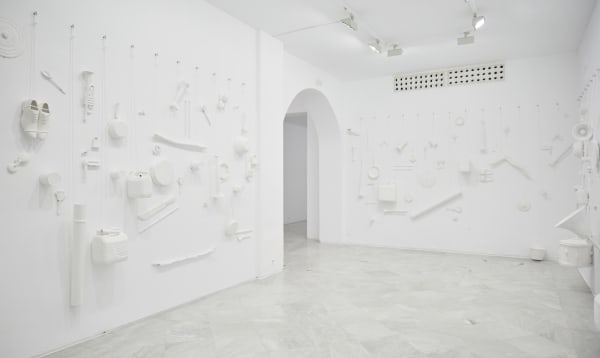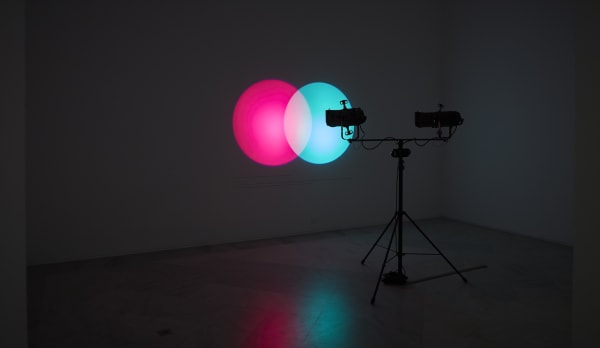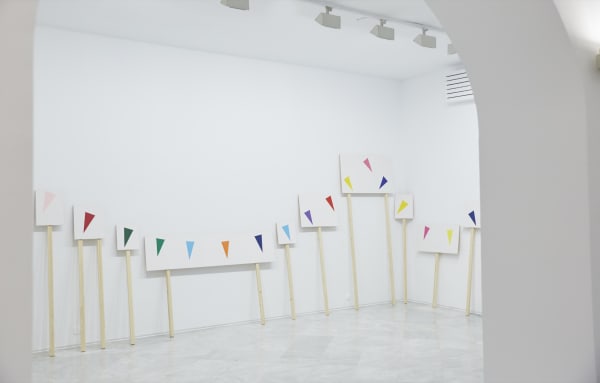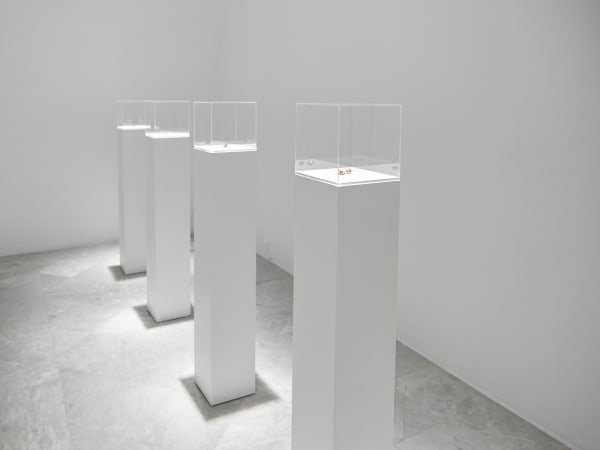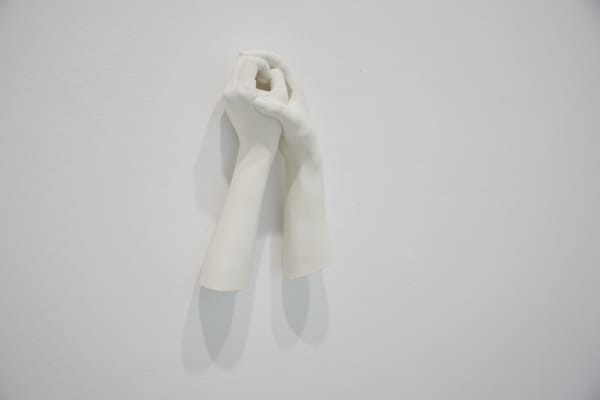Amalia Pica (Neuquén, Argentina, 1978; lives and works in London) uses sculptures, installations, photographs, projections and performances to explore issues related to language, communication and civic participation. She also investigates the potential of our social spaces in terms of history, creativity and politics.
Working with found objects and seemingly simple materials, Amalia Pica delves into some of the questions inherited from conceptual art, such as the meaning of images and how they relate to language. Occasionally arranged as sculptures, those pre-existing objects are modified or interrelated, giving them a purpose that differs from their original function. As a result, we approach them as supposedly familiar objects, but soon find that their perception raises questions which alter and amplify their potential meanings.
This mid-career survey at the Centro Andaluz de Arte Contemporáneo, the artist's first major exhibition in Spain, features some of her best-known works, grouped according to three pairs of ideas which may seem antithetical but are in fact closely related. These three conceptual pairs are set theory and Argentina's traumatic past, celebration and protest, and listening and silence.
Set theory and the Venn diagram open the first segment of the exhibition, where performative actions or situations are associated with community life and the Argentine military dictatorship's ban on public social and political gatherings, as well as its decision to eliminate set theory from basic education.
Protest, represented by a wide variety of noisemaking objects and signs like those commonly seen at demonstrations, speaks of resistance, of Argentina's recent history and its terrible consequences; however, it is also linked to celebration in the floor installation with confetti and the festive decoration of bunting flags on the signs, combining and freezing actions that are both part of life.
Finally, the works that illustrate the last conceptual pairing are particularly well suited to the space where they are displayed: the cells once inhabited by Carthusian monks who, having devoted their lives to silence, necessarily became skilled in the art of listening.




